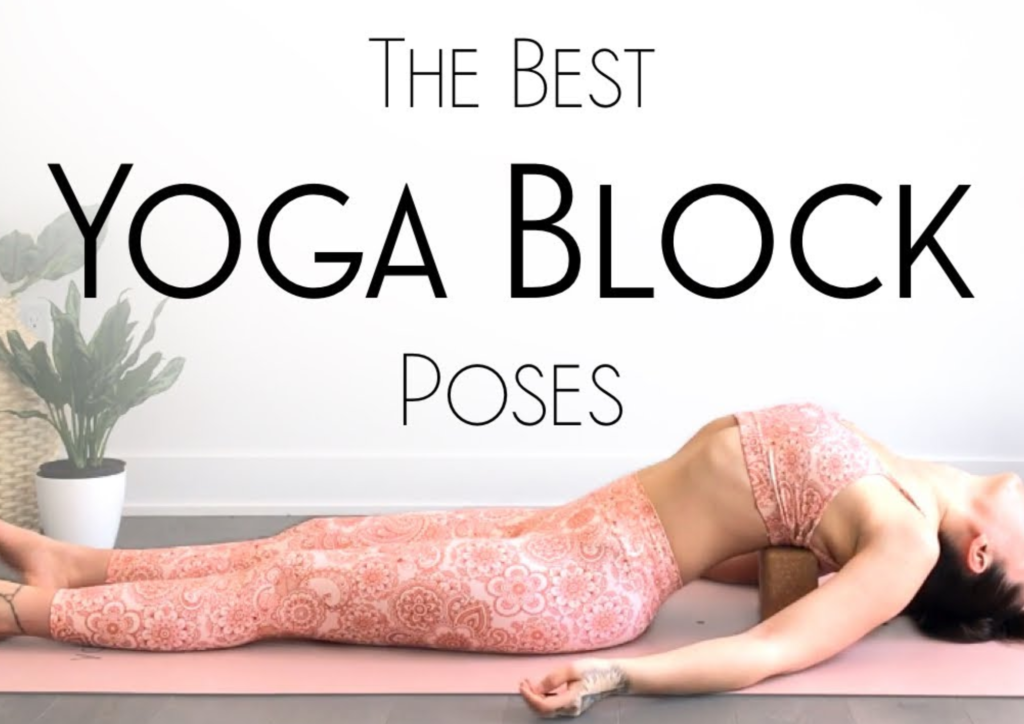“Discover 10 incredible ways yoga blocks can enhance your practice. From improving flexibility to perfecting alignment, yoga blocks are a game-changer for every yogi.”
Yoga blocks are essential tools for yogis of all levels. They offer support, enhance flexibility, and improve alignment. These lightweight, versatile props can make challenging poses more accessible while helping deepen your practice. Whether new to yoga or a seasoned practitioner, incorporating yoga blocks can transform how you move on your mat.
They provide stability in balancing poses, assist with stretching by bringing the floor closer to you, and encourage proper alignment to prevent injury. Additionally, yoga blocks can help you explore variations of traditional poses, allowing for a more tailored and comfortable practice. With their help, you can increase your range of motion, strengthen muscles, and develop a deeper mind-body connection.
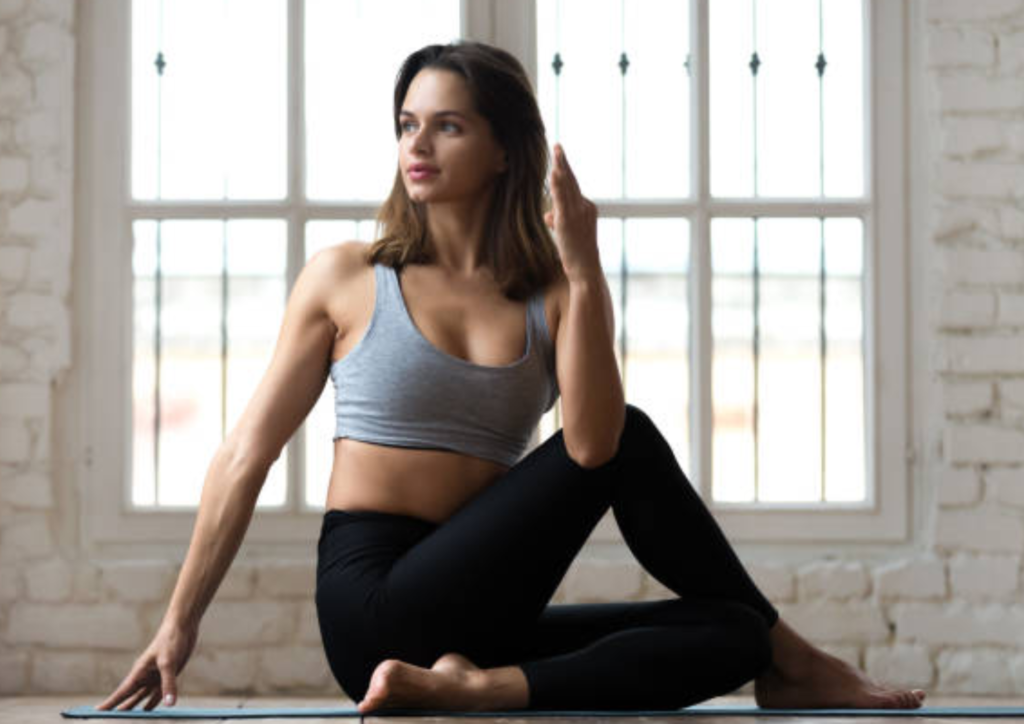
- Improve Flexibility
Yoga blocks act as an extension of your body, making stretches more accessible. For instance, in poses like Forward Fold, placing your hands on a block can help you reach further without straining.
- Enhance Alignment
Using yoga blocks ensures proper pose alignment by reducing the risk of injury. For example, placing a block under your lower hand in a Triangle Pose keeps your spine straight and hips squared.
- Build Strength Gradually
Yoga blocks provide support while you build muscle strength. In Plank Pose, placing your hands on blocks can help you engage your core and arms without overexerting.
- Boost Confidence in Balancing Poses
Balancing poses can be intimidating, but yoga blocks make them approachable. In Half Moon Pose, placing your hand on a block adds stability and confidence as you work on balance.
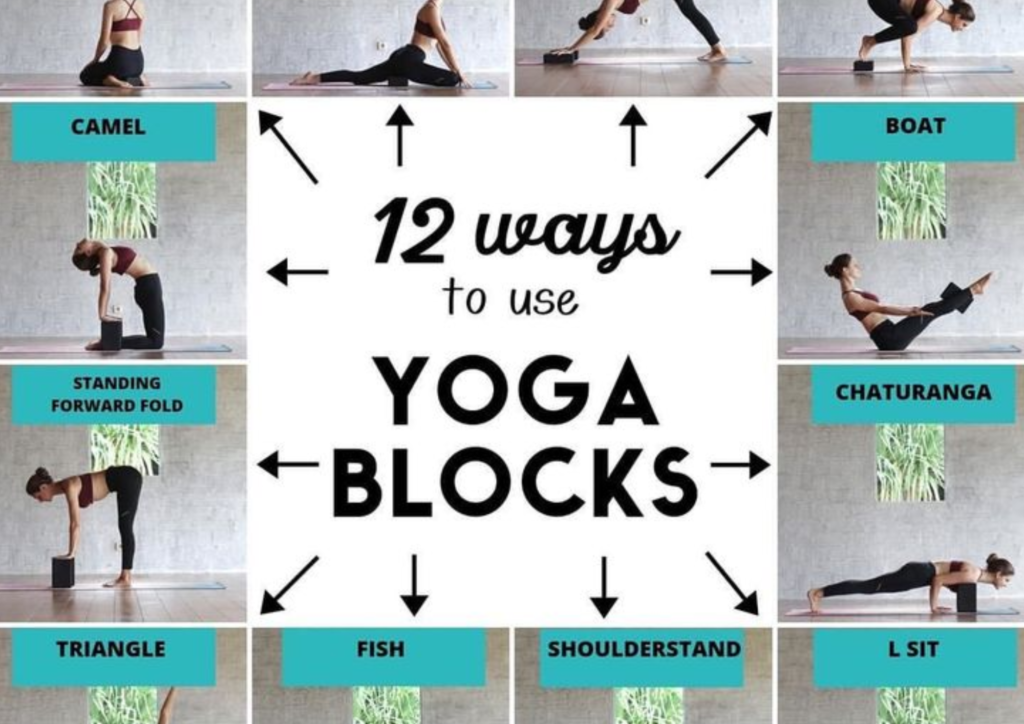
- Deepen Your Stretches
Want to deepen your stretches? Yoga blocks allow you to push your limits gently. In Pigeon Pose, placing a block under your hip can help you relax and sink into the stretch.
- Assist in Seated Poses
Sitting on a yoga block elevates your hips, improving posture and making seated poses like Easy Pose or Hero Pose more comfortable, especially for beginners.
- Modify Challenging Poses
Yoga blocks make complex poses more accessible. For instance, in Crow Pose, placing a block under your feet gives you the height and stability needed to master the pose.
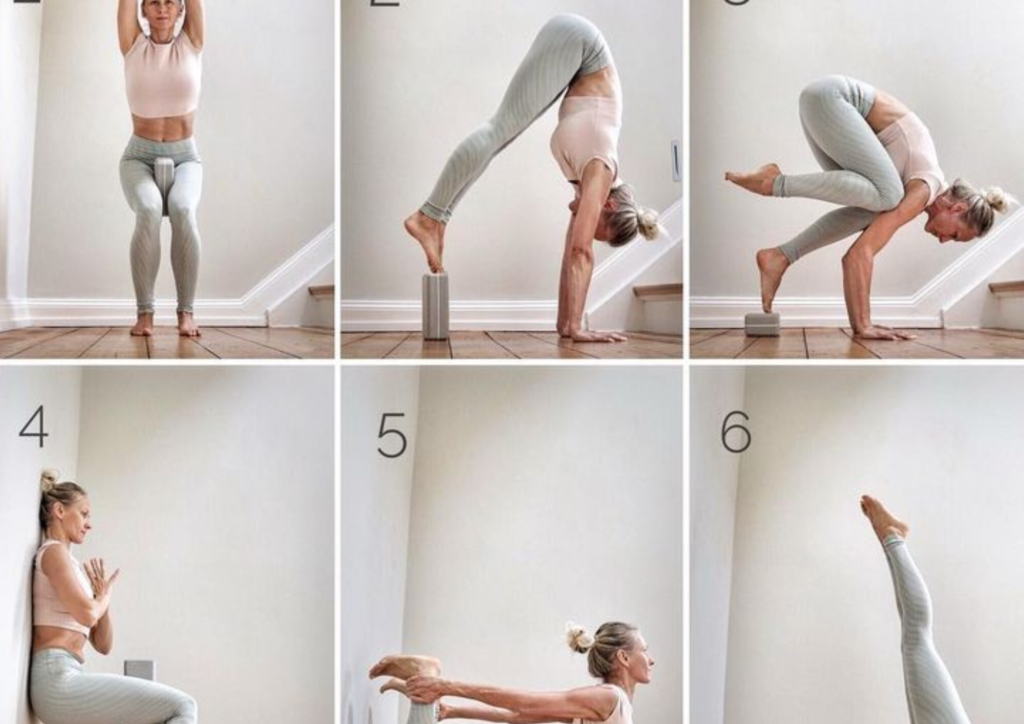
- Support Restorative Poses
In restorative yoga, blocks provide gentle support to help you relax deeply. Place a block under your back in a supported Bridge Pose to open your chest and release tension.
- Add Variety to Your Practice
Yoga blocks can be used creatively to add new challenges to your routine. Use them as props for core work, or place them under your hands in Downward Dog to engage different muscles.
- Perfect Your Transitions
Smooth transitions between poses are essential for a fluid practice. Yoga blocks can help you move gracefully by providing support during tricky transitions, such as moving from High Lunge to Warrior III.
Why Every Yogi Needs Yoga Blocks
blocks are more than just a beginner’s tool; they’re an invaluable accessory for yogis at any stage. They adapt to your needs, ensuring you can practice safely while steadily progressing toward your goals.
Tips for Using Blocks Effectively
- Experiment Freely: Don’t be afraid to try blocks in various poses.
- Choose the Right Material: Foam blocks are lightweight, while cork blocks offer stability.
- Focus on Breath: Incorporate mindful breathing to enhance your practice with blocks.
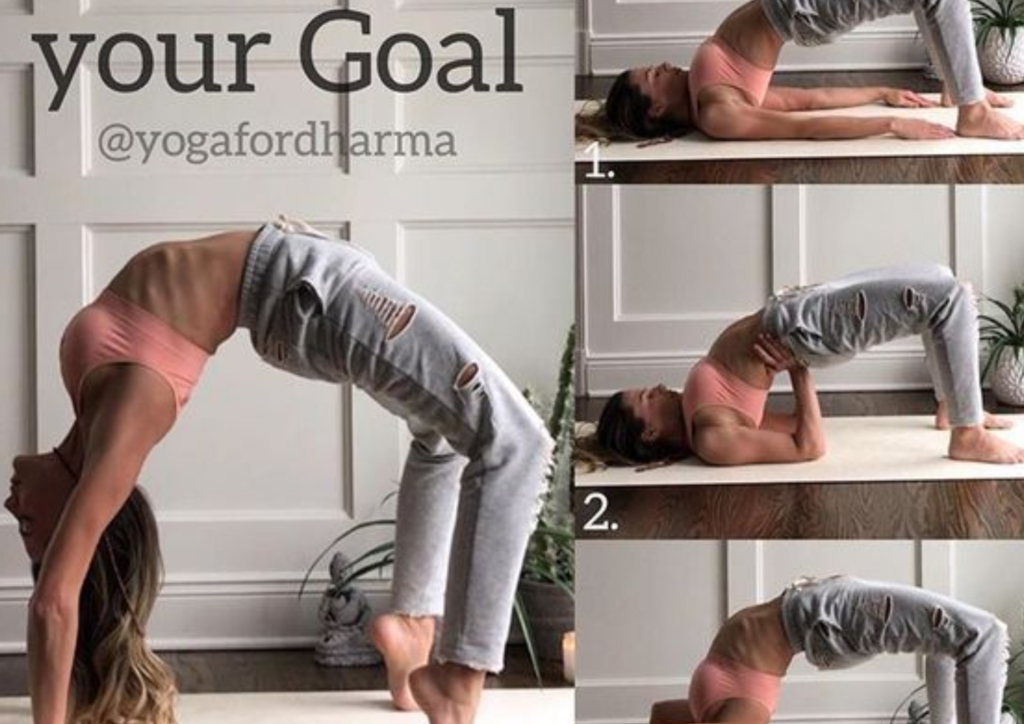
Final Thoughts on Yoga Blocks
Yoga-blocks are a simple yet powerful way to elevate your yoga practice. By providing support, improving alignment, and adding variety, they help you practice with greater confidence and ease. Whether mastering a new pose or seeking more profound relaxation, yoga-blocks are the ultimate tool to take your practice to the next level.

